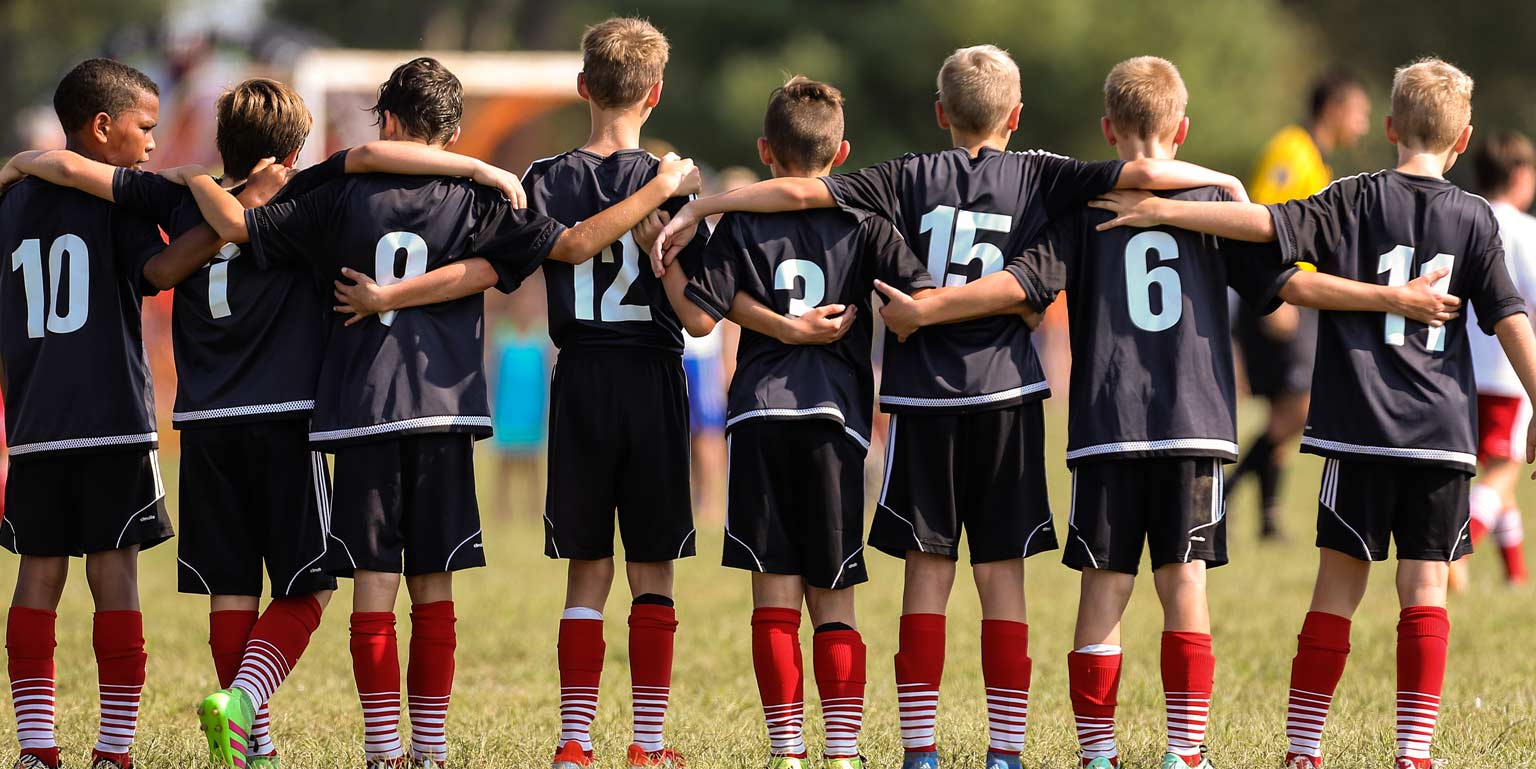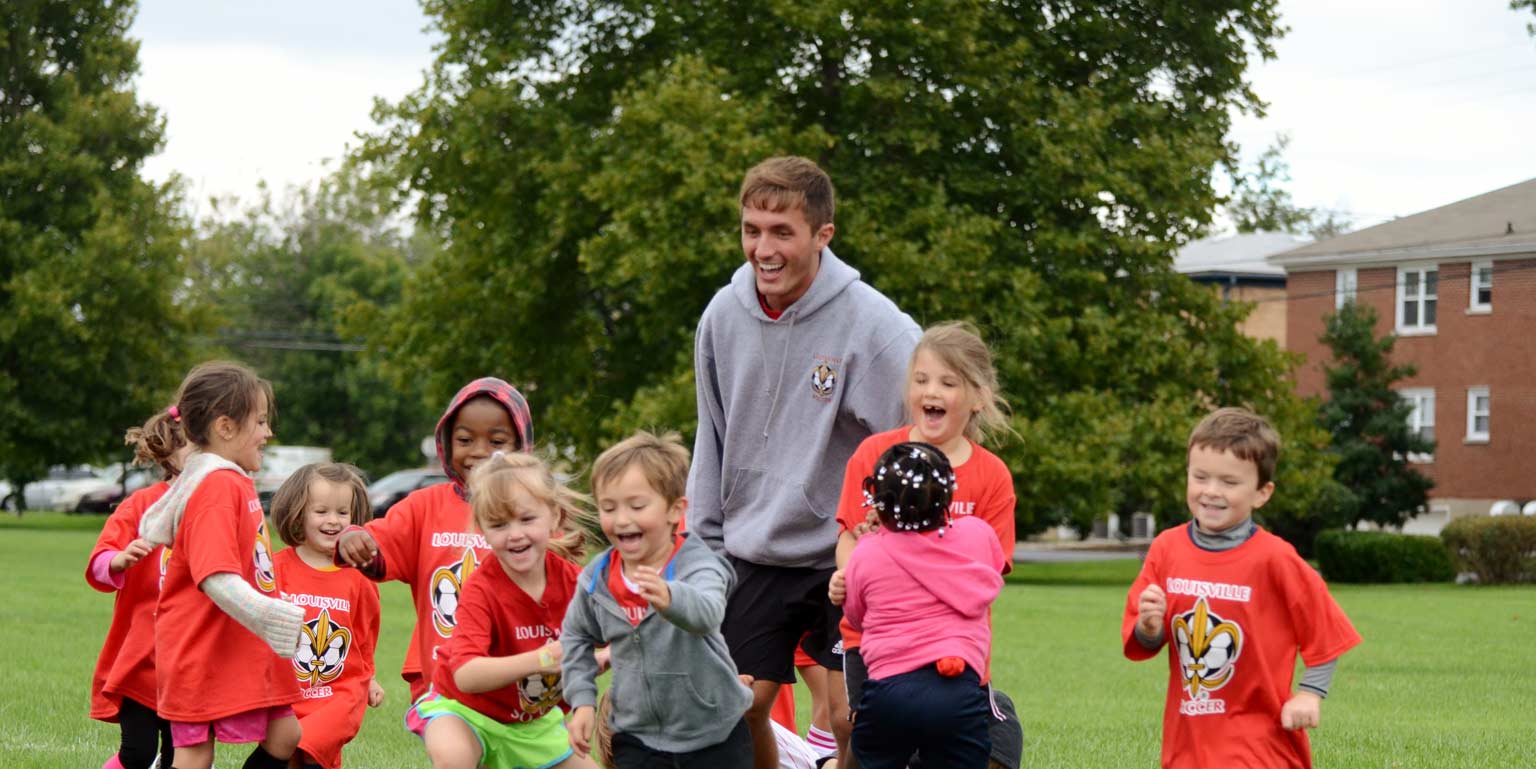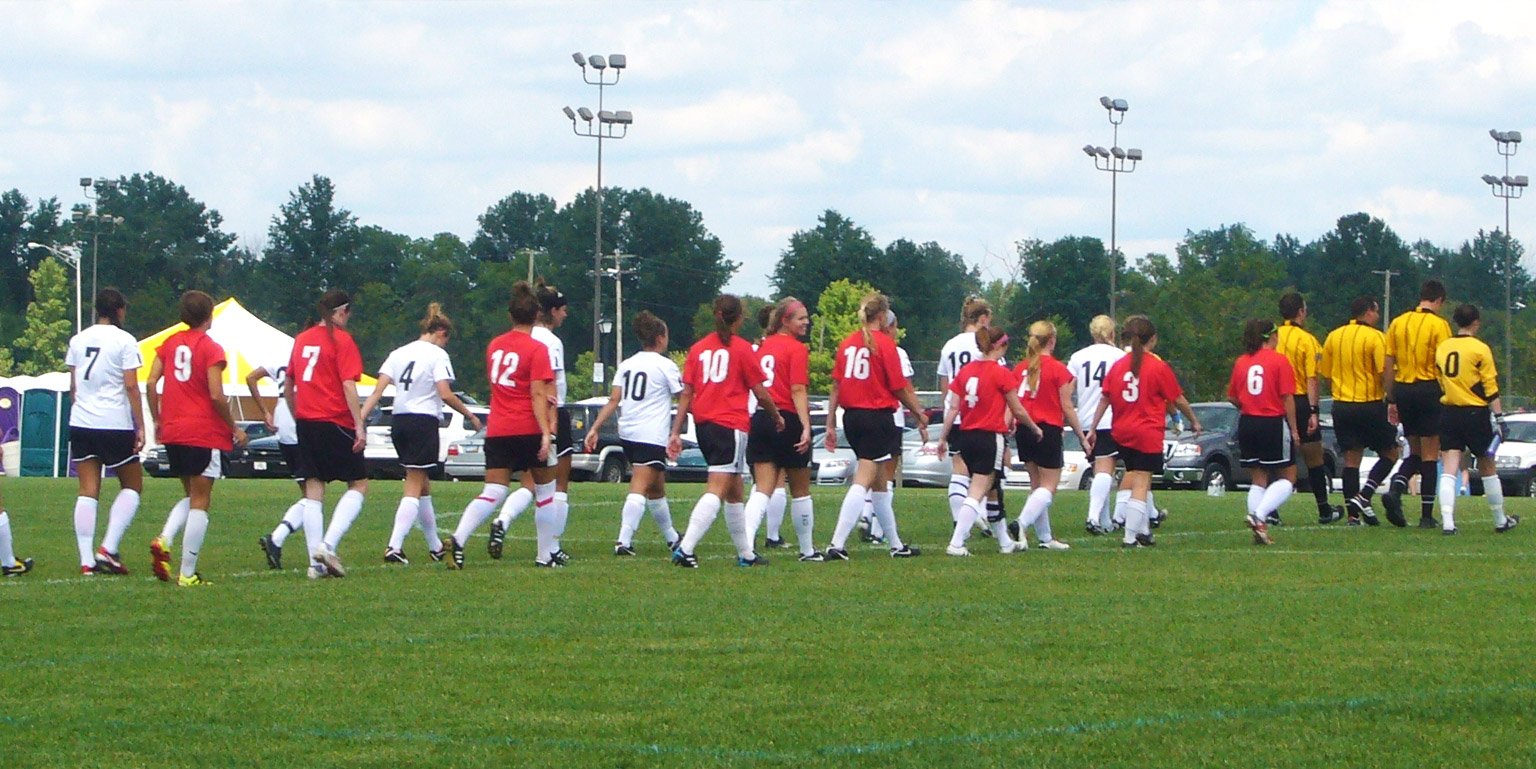My View: The Turf War
From the February 2007 issue 1614 of Soccer America Magazine
By Soccer America Executive Editor Mike Woitalla
Do players benefit when an increasing number of organizations compete for a piece of the American youth soccer pie?
“National youth championships in the USA are the most ludicrous thing I've ever heard in my life,” says Horst Bertl, the Dallas Comets longtime director of coaching. “Whoever thinks these up should be stoned.”
That would take a lot of rocks, as recent years have seen a flood of new competitions promising national crowns to children. Youngsters still in elementary school can now aim for national titles.
The granddaddy of the national championships is US Youth Soccer's McGuire Cup, crowning U-19 boys teams since 1935.
By 2001, USYS had national championships for six age groups for both boys and girls, from U-14 to U-19, the path to which comes through 55 state and four regional cup competitions.
US Club Soccer has the National Cup for U-12 to U-17 players, in addition to the Champions Cup promising the title of the “best boys or girls club in the United States,” and a regional Youth World Series from U-8 to U-13.
The Super Y-League has its 10 North American Finals, from U-13 to U-17. There's the recently launched U-17 Red Bull National League. And now USYS, which also has a national championship for ODP teams, plans to launch a national youth league.
Why would USYS create yet another? Youth clubs already have plenty on their schedule, including showcase tournaments, not to mention old-fashioned league play in their community.
Larry Monaco, the USYS president, attributes the decision to “listening to the marketplace.” “More and more elite teams are saying we need another avenue for better competition and more competition,” he says. “We think we can provide a better product, and, to be quite frank, we have the national structure in place. We think we can provide a better, more consistent product.”
Bertl objects to national competition for fear of player burnout from extensive travel -- it's a huge country! -- and too many games. Including high school soccer, his boys play as many as 70 games per year. Some elite players who make national teams play up to a 100. And in a youth hotbed like North Texas, Bertl says teams already play in a satisfactorily competitive environment. What players need is rest. “These boys are still growing,” he says. “They need some time to be kids.”
Bob Jenkins, U.S. Soccer Director of Youth Development, advocates playing 30 quality games a year as opposed to 70, and playing more locally rather than traveling all over the place. Jenkins says youth club coaches often agree, but “The structure isn't set up for that,” he says. “It's much more set up to win and keep your job, rather than develop players.” If they're not out trophy-collecting, the paid club coaches fear they'll disappoint parents and lose players to rivals.
“If you take almost anyone of the initiatives out there, whether it's a tournament, or it's a league, an ODP, whatever it is, as a stand-alone event, it makes perfect sense,” Jenkins says. “It's when you start putting one on top of another, or one next to another and another and another -- it becomes a real issue for me.”
When Bob Gansler was the U.S. U-20 coach, he said the USA< was “suffering from a huge case of tournamentitis,” and cited a need for quality over quantity. Nearly two decades later, Gansler, who has been U.S. World Cup coach, U.S. Soccer technical director and an MLS coach, remains convinced that increasing the number tournaments “makes no sense.”
Latest News
-
1
FIND YOUR PROGRAM
LSA Developmental (ages 2-7)
LSA (Boys) Competitive (ages 8-19)
LSC (Girls) Competitive (age 8-19)
TOPSocccer (special needs athletes)
Adult Leagues (ages 20+)
-
2
LSA BINGO
FRIDAY'S 10:45AM & SATURDAY'S 2PM
@ J-town Bingo Hall
-
3
LSC BINGO
SATURDAY'S 7PM
@ J-town Bingo Hall


















